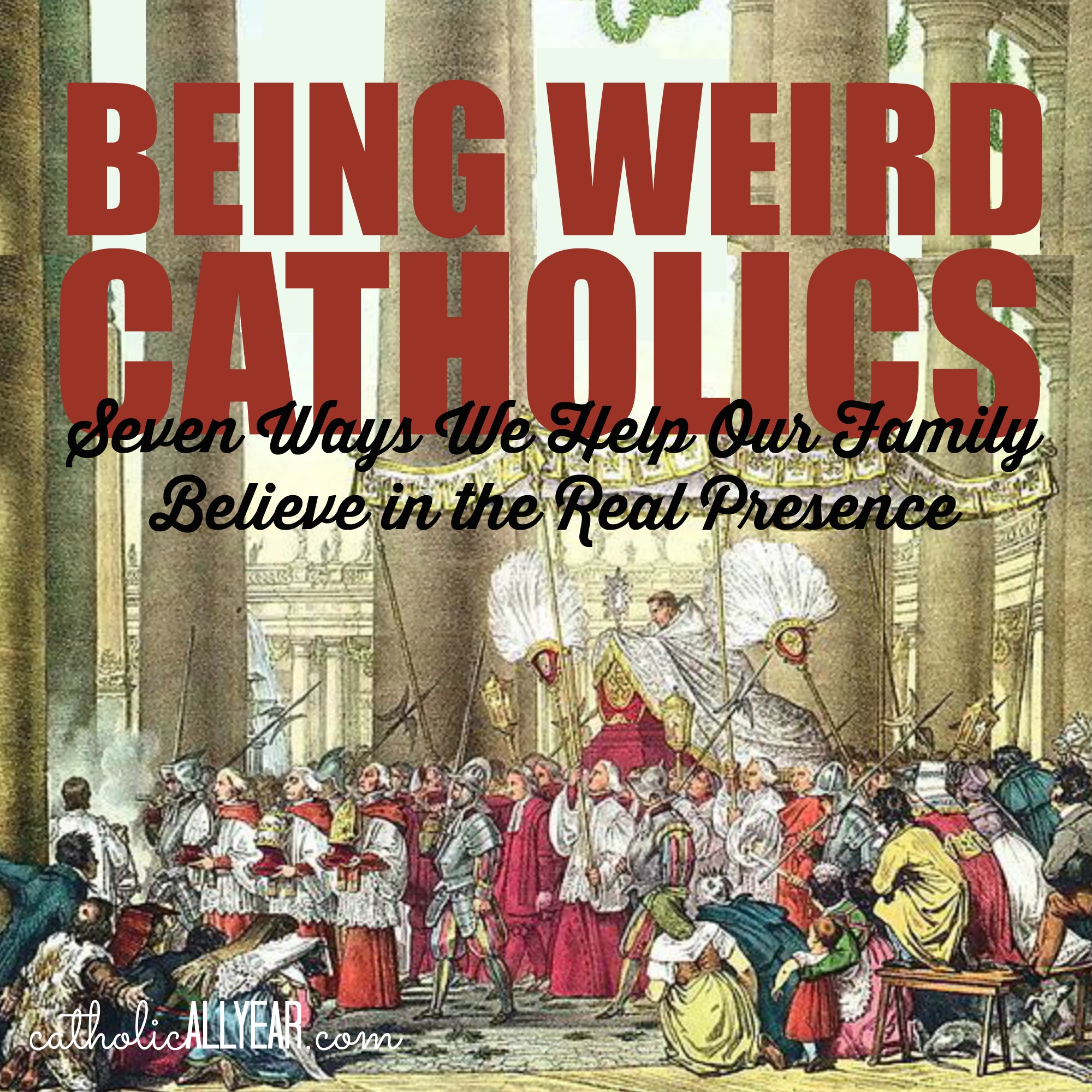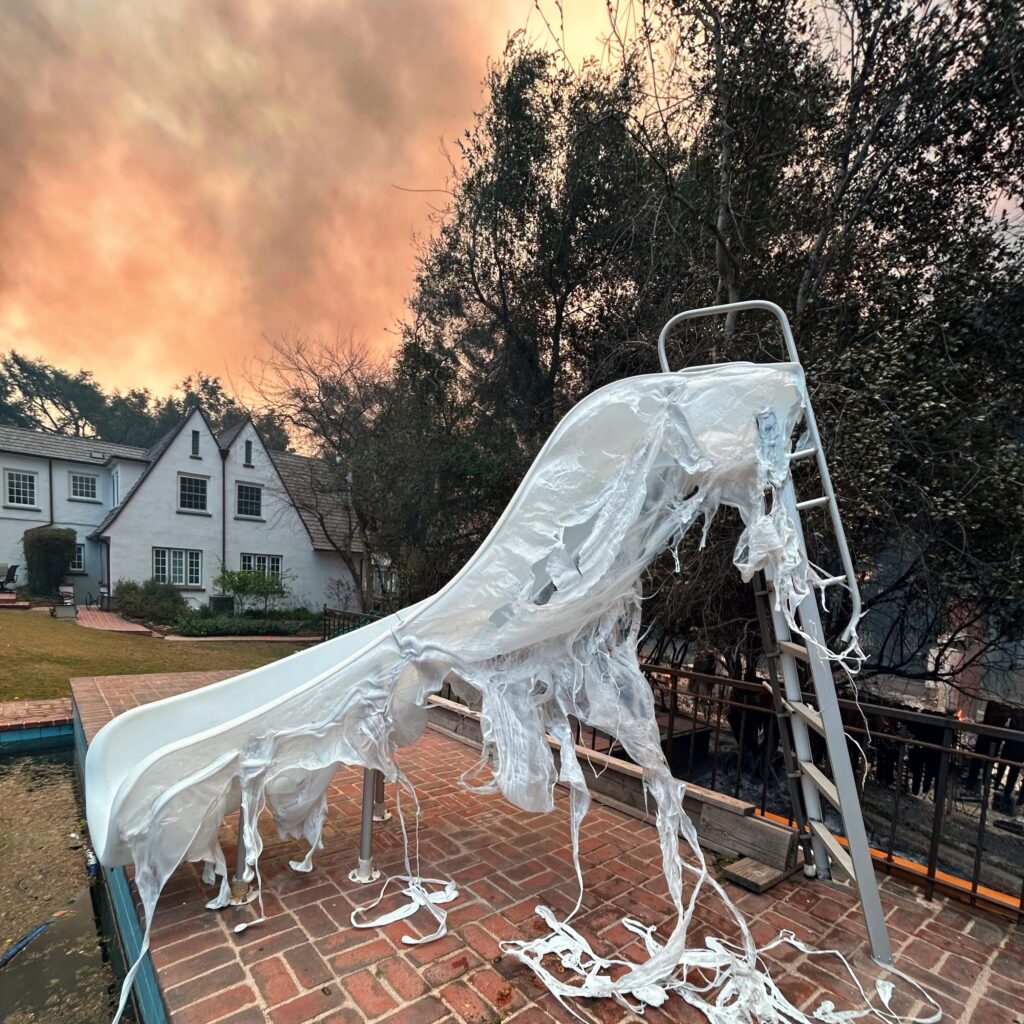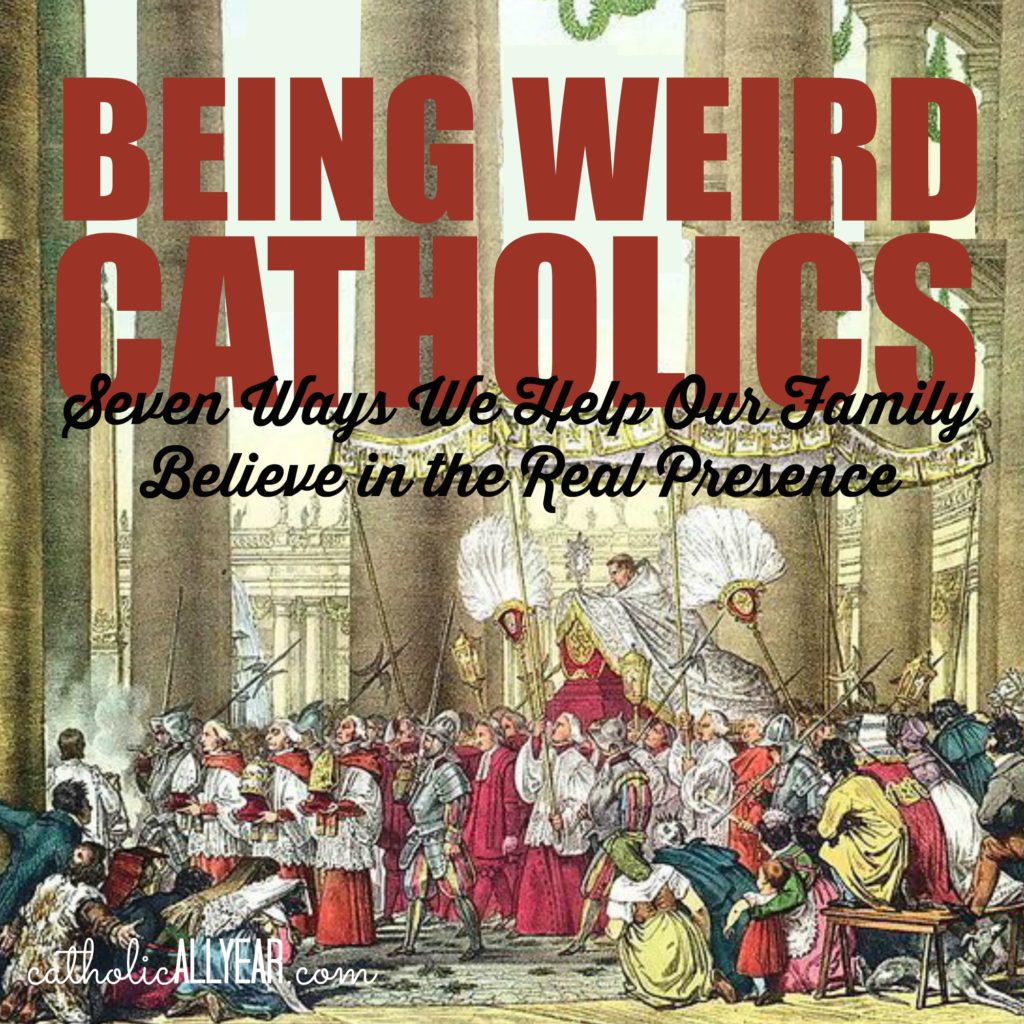
You’ve probably heard about the troubling study recently released by the Pew Research Center, stating that only one-third of self-professed Catholics believe in the Catholic Church’s teaching that the Eucharist is the actual body and blood of Christ, and nearly half don’t even understand that the Catholic Church teaches such a thing.
Just one-third of U.S. Catholics agree with their church that Eucharist is body, blood of Christ
Believing, as Catholics do, that at the words of the consecration, the bread and wine actually become the body and blood of Jesus Christ—not symbolically, but in actual fact—well, it’s not easy. Sometimes the best we can do is say to Jesus with the father of the deaf, mute child, “I do believe, help my unbelief!” (Mark 9:24) But there’s a lot we can do to help ourselves, too. As a person made up of body and soul, I know that what I do and what I experience with my senses effects what I believe with my intellect. I know the same is true of my children.
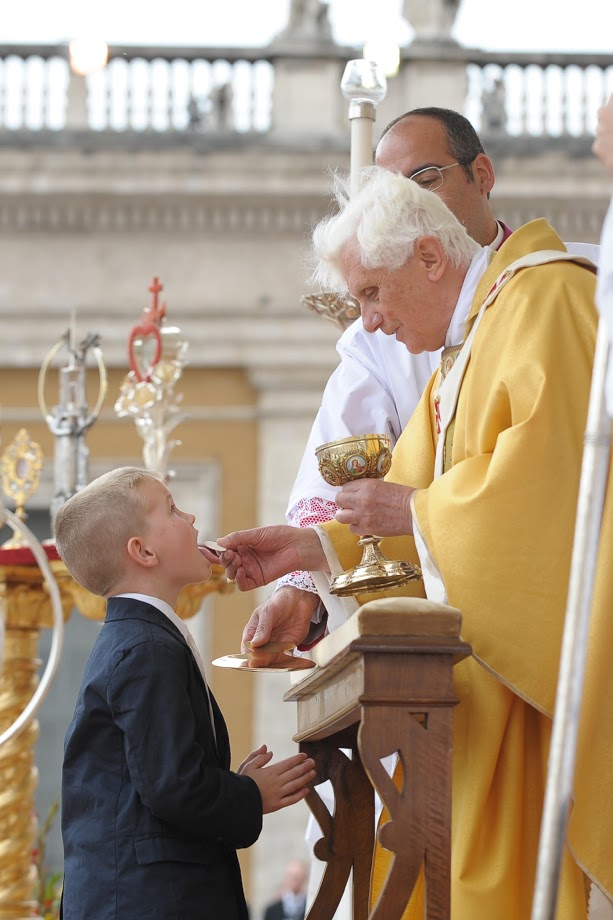
read more here
The focus in our Catholic parishes over the past few decades on “welcomingness” and comfort rather than Truth and reverence probably felt to church folks like it was going to make becoming or being Catholic easier for people. But as we can see by the fruits, that’s not what has happened.
The Truths of our Catholic faith and tradition aren’t easy or comfortable. They’re, frankly, kinda weird. So, in our family, we go ahead and just own that.
We own the weirdness and mysteriousness of our Catholic faith, and the actions and traditions that for thousands of years have encouraged belief in Jesus, truly present in the Eucharist. We don’t need to be expert theologians to live like we believe, and living like we believe can help those around us believe as well.
Here are a few things our family does to facilitate our belief in the Real Presence.
1. We go to a reverent Mass.

I know this isn’t possible for everyone, just because of how few and far between reverent parishes are, but I think it’s the single most important thing we do. Canon Law says we are members of our local Catholic parish. And so we are. We are registered there, we contribute financially to our local parish, we pray for them, and we attend Mass there occasionally. But Canon Law also says that we can fulfill our Sunday obligation by attending any Catholic Mass, so most Sundays we drive past many Catholic parishes to get to one that offers a reverent Novus Ordo Mass with the tabernacle front and center, and altar boys who genuflect every time they cross the altar, and bells at the consecration, and a communion rail, and a crucified crucifix, and an adoration chapel, and Latin prayers, and beautiful music coming from the choir loft behind us, and fellow Mass-goers who believe that Jesus is really there. It’s a thousand little lessons that go without saying. We also moved in order that our older kids could attend a Catholic School where belief in the Real Presence is reflected in school Masses and religion classes.
From the archives: Why My Daughters Are Not Altar Servers
2. We explain the consecration.
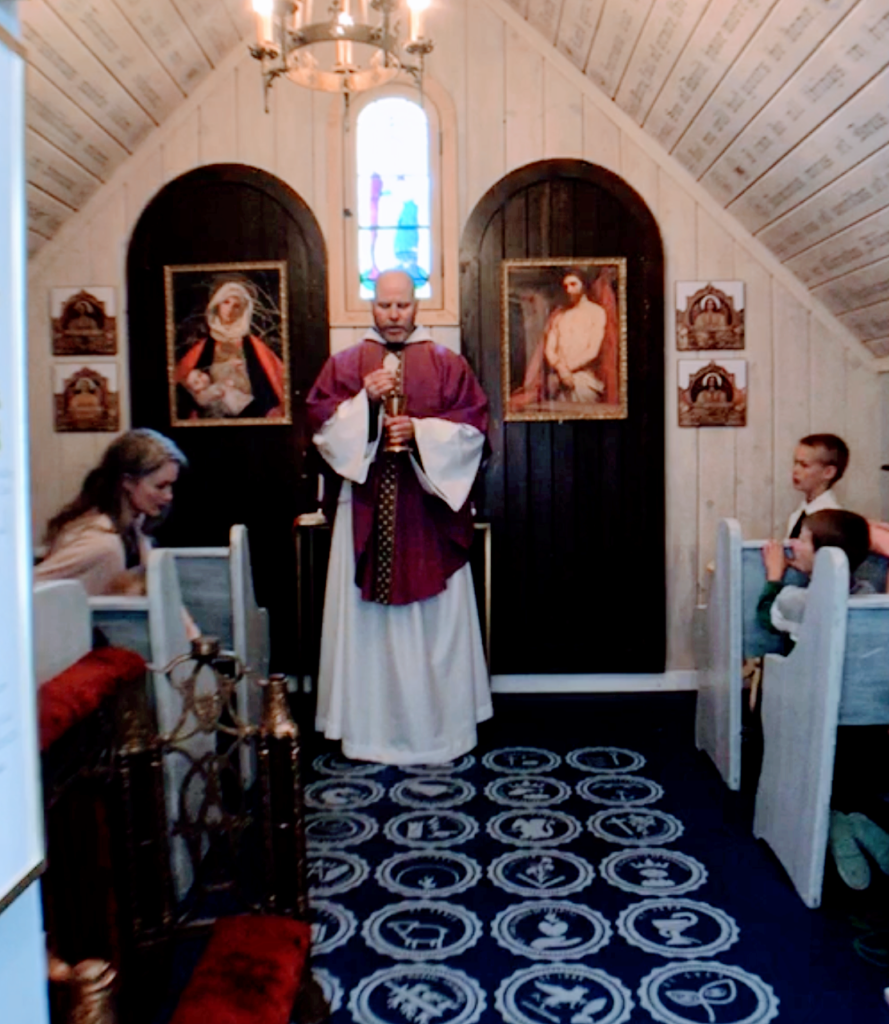
Jesus’ own disciples, hearing his teaching on the Real Presence wondered, “This saying is hard; who can accept it?” (John 6:60). So we start when our kids are very young and accepting, holding them and whispering what’s happening during the consecration. Our three-year-olds can tell you that the Eucharist IS Jesus. They’ll have to come to a deeper intellectual understanding of transubstantiation as they get older, of course, but at least the seeds are planted.
From the archives: Our In-Progress At Home Painted Chapel
3. We receive the Eucharist reverently.

We prioritize the sacrament of confession, and DO NOT receive the Eucharist if we are not in a state of grace. If one of our kids asks to go to confession, we make it happen, no questions asked. We don’t receive the Eucharist if we can’t make the required one-hour fast, even if we ALMOST make it. Everyone in our family receives the Eucharist on the tongue. For my kids, this is a no-brainer, and what they’ve always done. For me it was a rather nerve-wracking transition that took some getting used to. But now, I’m totally on board, and can 100% point to it as a practice that has increased my belief in the Real Presence. We are fortunate that at our parish it is the norm to kneel at the altar rail to receive. When we are at other parishes, we remain standing if that’s the norm at that parish, but we always receive on the tongue. We also stay after Mass, kneeling down and spending a few moments saying thank you to Jesus for coming to us in the Eucharist.
From the archives: How NOT to Receive the Eucharist While Holding a Baby, Illustrated . . .
4. We spend time in adoration.
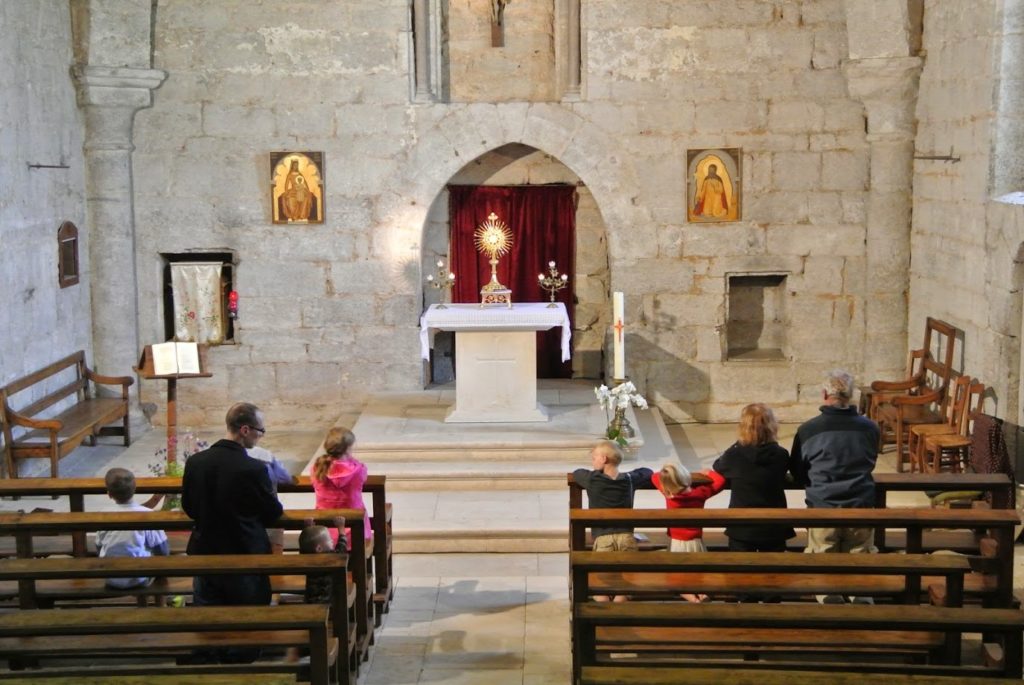
Making a visit to the Blessed Sacrament is one of four practices officially encouraged by the Catholic Church with a possible daily indulgence. Traditionally, Catholics talk about making a “holy hour” which means spending an hour before Jesus hidden in the tabernacle or exposed in a monstrance, either in a church or an adoration chapel. But the indulgence (subject to the usual conditions) is available for spending at least thirty minutes in adoration. I will admit that in this season of life, I’m not getting to adoration as much as I’d like to. But I’m always glad when I do, and I make sure that my kids know that it’s part of my practice of the faith. The husband and I will sometimes stop for adoration when we’re out on a date. If my girlfriends and I get together for a drink, we meet first for adoration. If I’m with my little kids, it’s more likely to be a quick greeting-type stop (more on that next) but I want my older kids to be familiar with the practice of adoration, and capable of managing it.
From the shop: Little Guide to Adoration Booklet
From the archives: Catholic Indulgences: what they are, when they are, and why you should care
5. We greet Jesus in the Tabernacle at church.
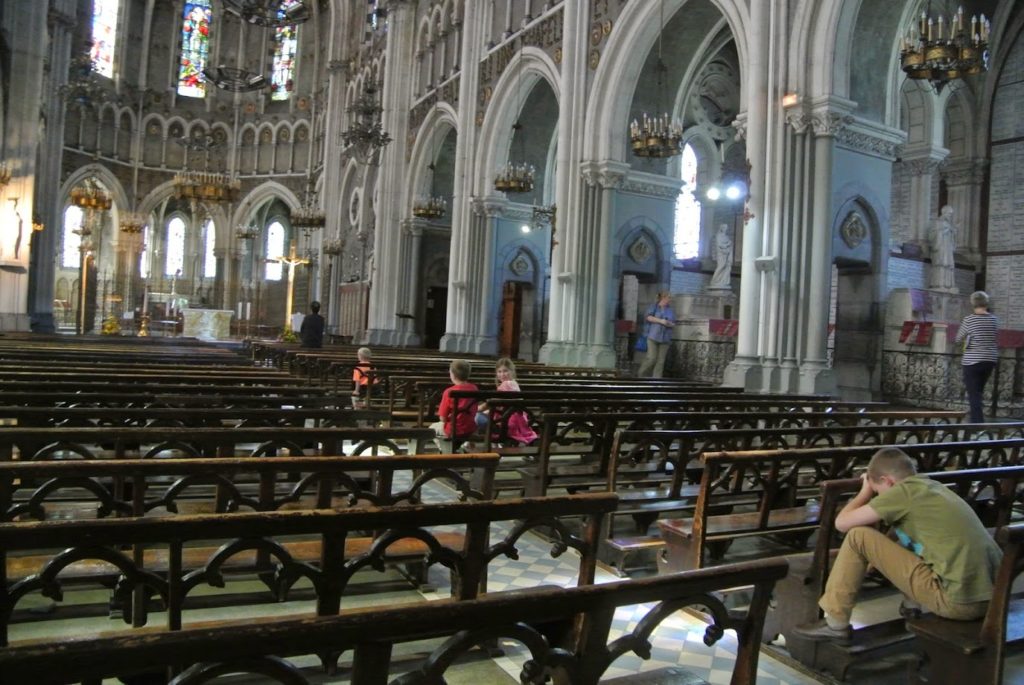
Whenever we visit a church, whether it be for a devotional practice, or to drop something off in the parish office, we first say hello to Jesus. If it’s an unfamiliar church, we play “find Jesus.” Ideally, this means looking towards the altar and seeing the tabernacle front and center, with the red tabernacle lamp glowing, telling us that Jesus is there. Practically, it often means poking around corners and behind doors until we find him. Then we say hello by kneeling down before the tabernacle for a moment, before heading off to do whatever we came for. We also say goodbye before we leave. I think of it like I was stopping by the house of a loved one for a second to pick something up. Even if I knew I couldn’t stay long, it wouldn’t be good manners, it wouldn’t show my love, if I snuck in and out without greeting my parents, or my grandmother, or whatever. It’s also a great opportunity to explain to kids that the crucifix, the Divine Mercy painting, the Infant Jesus of Prague statue, are all helpful representations of Jesus, but inside that box is The. Actual. Jesus. We can talk to him anywhere, of course, but especially so when we are there in his presence.
6. We acknowledge Jesus anytime we pass a Catholic Church.
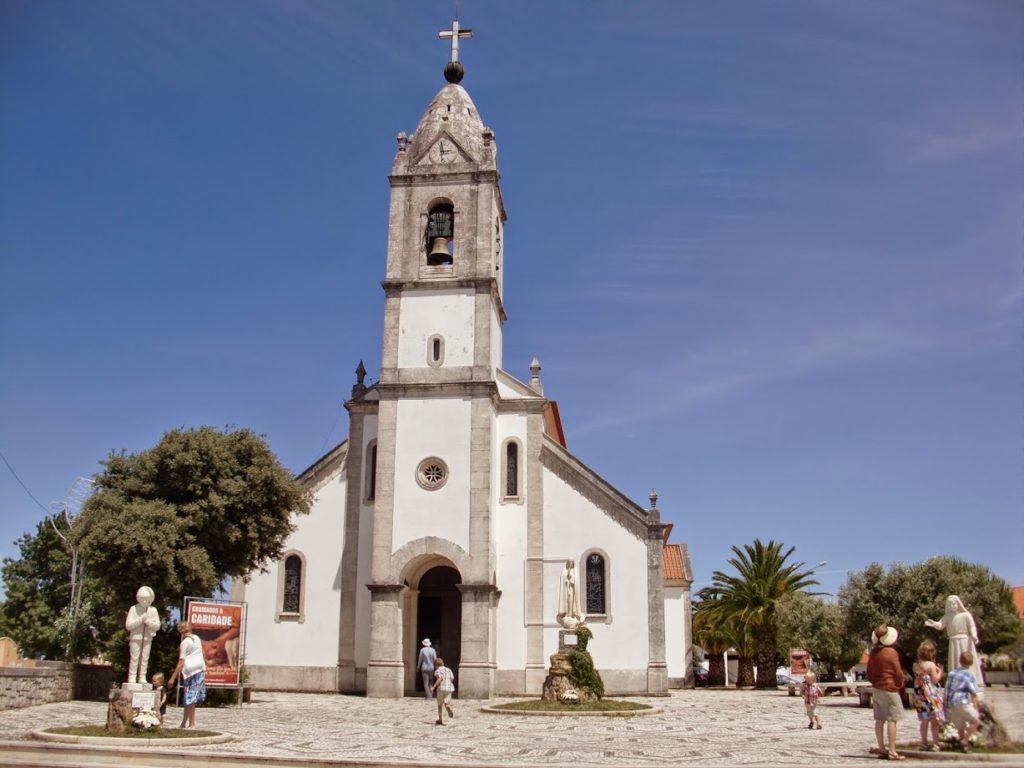
There are churches everywhere, but Catholic Churches are different, because Catholic Churches actually have Jesus in them. This is a HUGE distinction, and one we don’t ignore. That means that if we are driving or walking past a Catholic Church, we acknowledge that Jesus is truly present there in the tabernacle. Now, the best thing we could do to acknowledge it is to stop for Mass, or if that’s not possible, for adoration, and if not that for a quick visit. But, practically, we are often driving because we need to get somewhere, and haven’t allowed time to stop. But at the very least, in our family, we ALWAYS make the sign of the cross with words and motions when passing a Catholic Church. We also usually say a quick prayer of spiritual communion: “I wish, my Lord, to receive you with the purity, humility, and devotion with which your most holy mother received you, with the spirit and fervour of the saints.”
7. We celebrate the Feast of Corpus Christi.
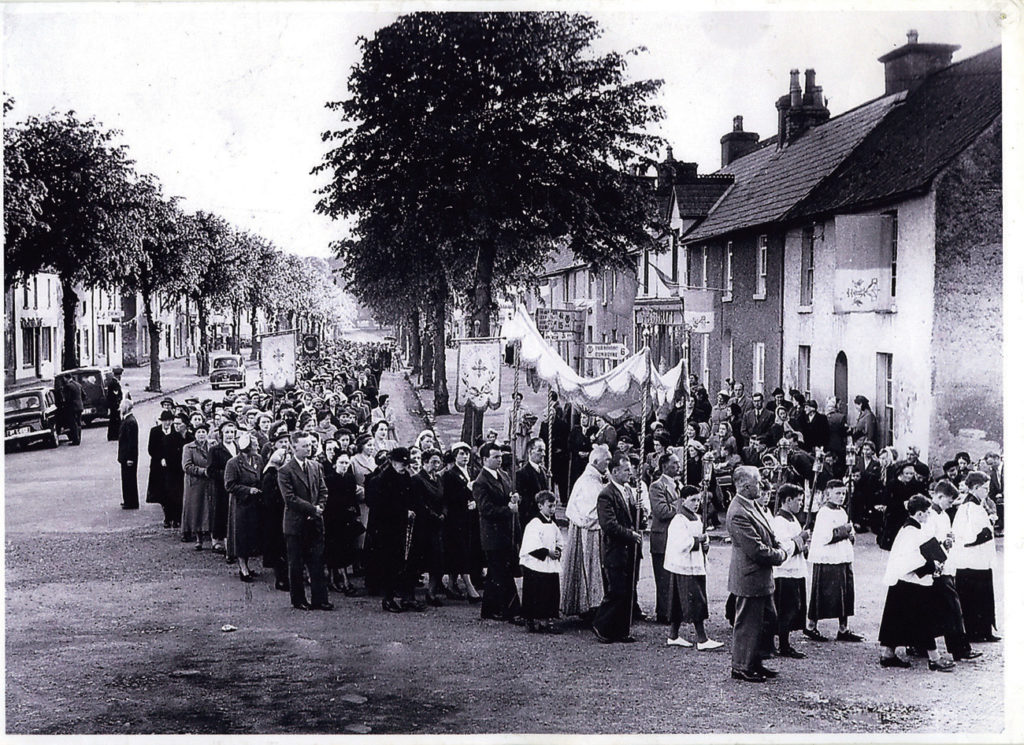
The Catholic Church, since the very beginning, has given us the feasts of the liturgical year to help us focus on the most important people, events, and mysterious Truths of our faith. We want our kids to understand the incarnation, so we celebrate Christmas. We want our kids to understand the resurrection, so we celebrate Easter. We want our kids to know and be inspired by the saints, so we celebrate the feast days of our favorites. We want our kids to understand that Jesus becomes truly present under the appearances of bread and wine in the sacrament of the holy Eucharist, and the feast of Corpus Christi (celebrated 60 days after Easter, or the following Sunday) is intended to help us do just that. This feast day has traditionally been celebrated with a Eucharistic procession through the streets, perhaps the weirdest awesome Catholic spectacle of all, and one that can’t help but teach participants and passers-by the realness of what Catholics believe about the Eucharist. Let’s ALL bring that back, seriously. Let’s do it. But even without access to a procession, the feast day is a yearly chance to discuss what Catholics actually believe.
From the archives: Liturgical Living for June
So that’s what WE do. How about you? What has worked for you and your family to help understand the Real Presence? #wearetheonethird 😛 #makecatholicismweirdagain

